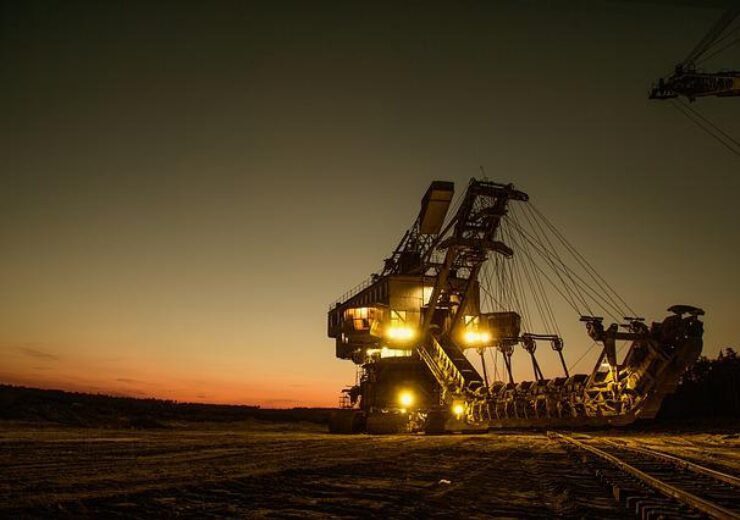Great Southern Copper Ground Magnetics Survey Identifies Multiple Targets at San Lorenzo

Multiple Targets Identified at San Lorenzo. (Credit: Khusen Rustamov from Pixabay)
Great Southern Copper plc (LSE: GSCU), the company focused on copper-gold exploration in Chile, is pleased to announce that processing and interpretation of its ground magnetic data is complete and has identified multiple shallow and buried targets for follow-up exploration at the San Lorenzo copper-gold project located in the coastal cordillera, Chile.
As announced in January 2022, GSC completed a 63.36 km2 ground magnetics survey at San Lorenzo designed to enhance its geological understanding of the project. Processing and interpretation of the magnetic data has since been undertaken by ExploreGeo Pty Ltd (“ExploreGeo”), based in Perth, Australia.
Planning for GSC’s first phase of reconnaissance exploration drilling at San Lorenzo is now underway with drilling anticipated to commence in June 2022, subject to rig availability, permitting and approvals. An initial 10-15 diamond drill holes (2000 – 2500m) will initially test shallow geological targets; in particular, fracture-hosted alteration zones in inner calc-potassic (ICP) altered biotite granodiorite with coincident rock-trench geochemistry anomalism and secondly, areas of monzonitic intrusions with coincident rock-trench geochemistry anomalism. The programme is designed to enhance the geological understanding of the mineralising system at San Lorenzo and provide vectors for further induced polarisation (IP) geophysics and follow-up drilling programmes.
Sam Garrett, Chief Executive Officer of Great Southern Copper, said: “The results from the recent ground magnetic survey identified multiple new targets worthy of further exploration and enhances our geological understanding of the San Lorenzo project. With ground-truthing of the anomalies and interpretation underway by our team on site, plans are progressing well for the company’s first reconnaissance exploration drilling programme at San Lorenzo. Negotiations with drilling contractors are underway to secure rig availability and we hope to be mobilising a rig to site before the end of June 2022.”
As announced in January 2022, GSC completed a ground magnetics survey covering an area of 63.36 km2 located in the northern region of the San Lorenzo Project, Chile. Processing and interpretation of the magnetic data has since been undertaken by ExploreGeo, based in Perth, Australia.
ExploreGeo’s interpretation includes 3D inversion modelling of reprocessed raw magnetic data for San Lorenzo. A Pseudo Magnetic transformation along with a 3D forward model is also applied to the topographic data in order to account for distortion relating to Andean-type topographic effects coupled with inherently magnetic source rocks such as those at San Lorenzo. Two interpretation strategies were employed to evaluate both near-surface metre-scale features (veins, dykes, structures) as well as broader-scale deeper geological features (intrusives and alteration zones).
The work aims to improve and update GSC’s understanding of the structural and lithological domains of the project, evaluate and interpret any alteration relationships with areas of possible magnetite alteration and magnetite destruction, and identify possible source plutons at depth.
Thirteen (13) near-surface anomalies are interpreted which may be indicative of zones of higher vein/fracture density, or, alternatively, small intrusions. These anomalies are generally coincident with magnetite destructive zones (magnetic low areas) associated with structures along the Chinchillon Fault as well as the inner potassic alteration zone (IPO) which envelops the inner calc-potassic (ICP) alteration zone. There are exceptions, however, and ground-truthing of the anomalies has shown several to be coincident with mapped zones of oxidised ICP fracturing. Sampling across these anomalies is in progress in preparation for potential drill targeting.
Three kilometre-scale magnetic bodies are delineated within the southwest portion of the survey area and may represent buried intrusives that lie marginal to a larger zone of weaker magnetised rock interpreted to possibly represent a large buried monzonite body. The interpreted monzonite could be the source of narrow dykes and plugs of locally mineralised monzonite mapped at surface and thus represents a potentially significant target for deeper copper-gold mineralisation.
Source: Company Press Release
